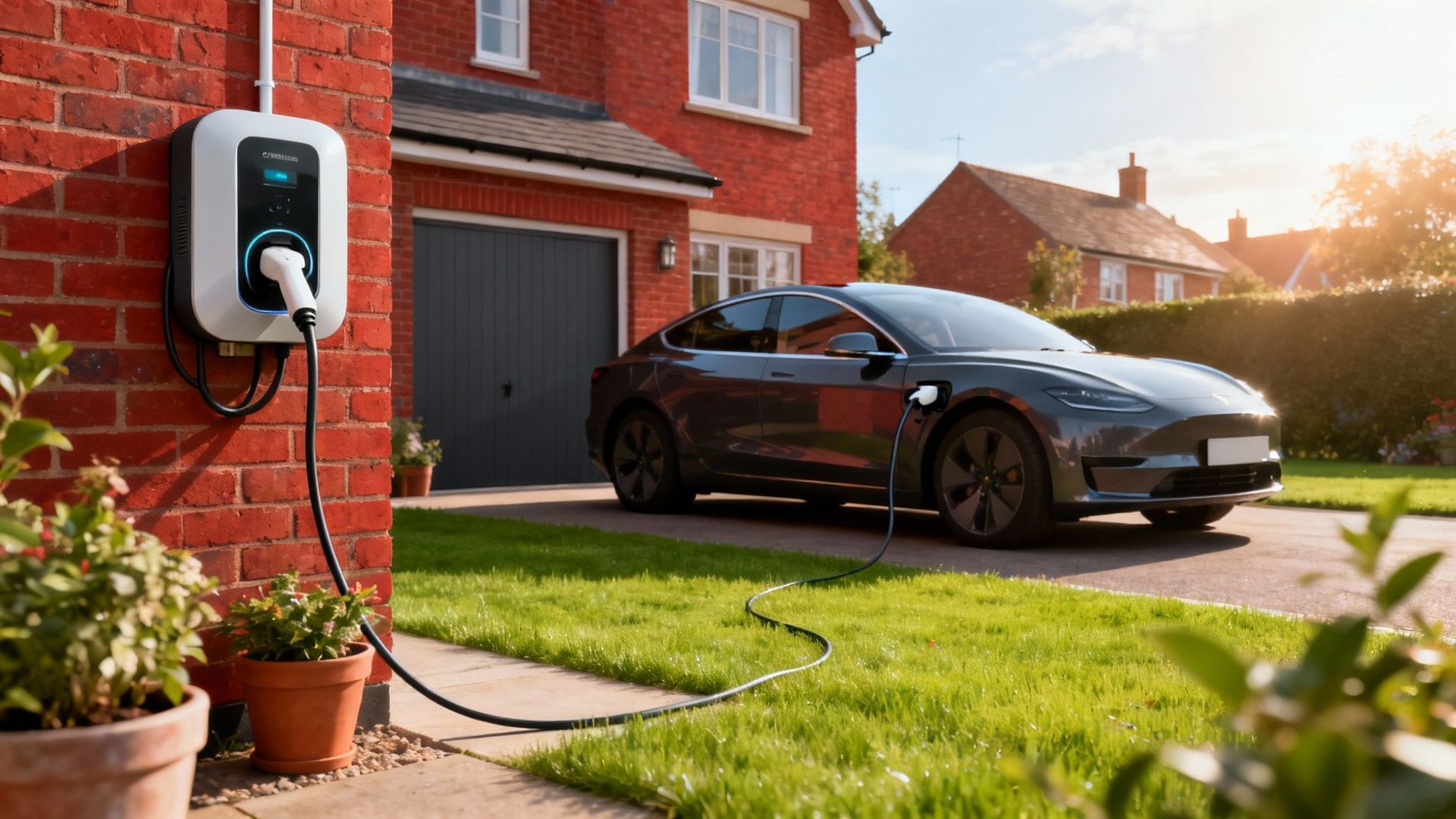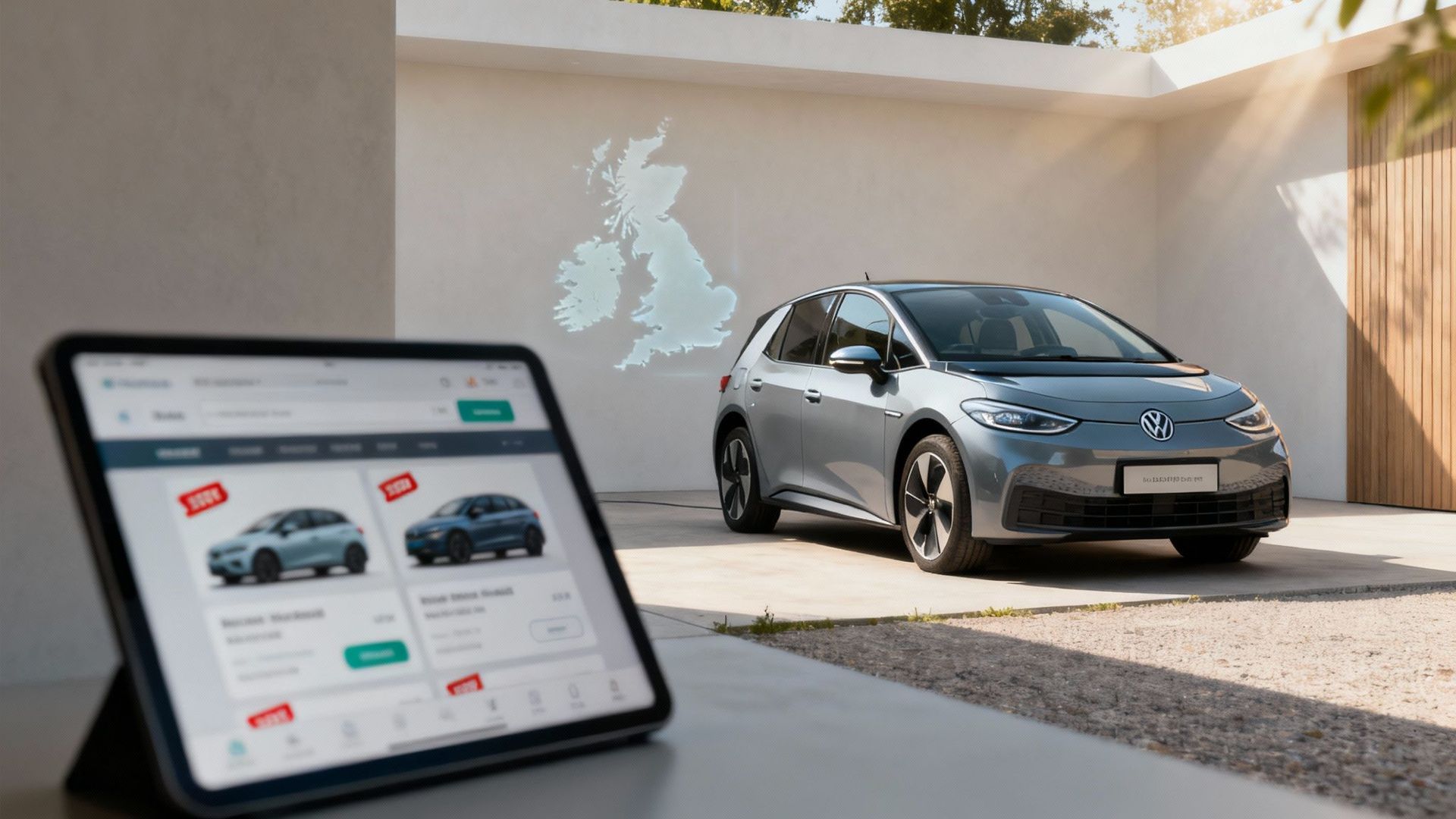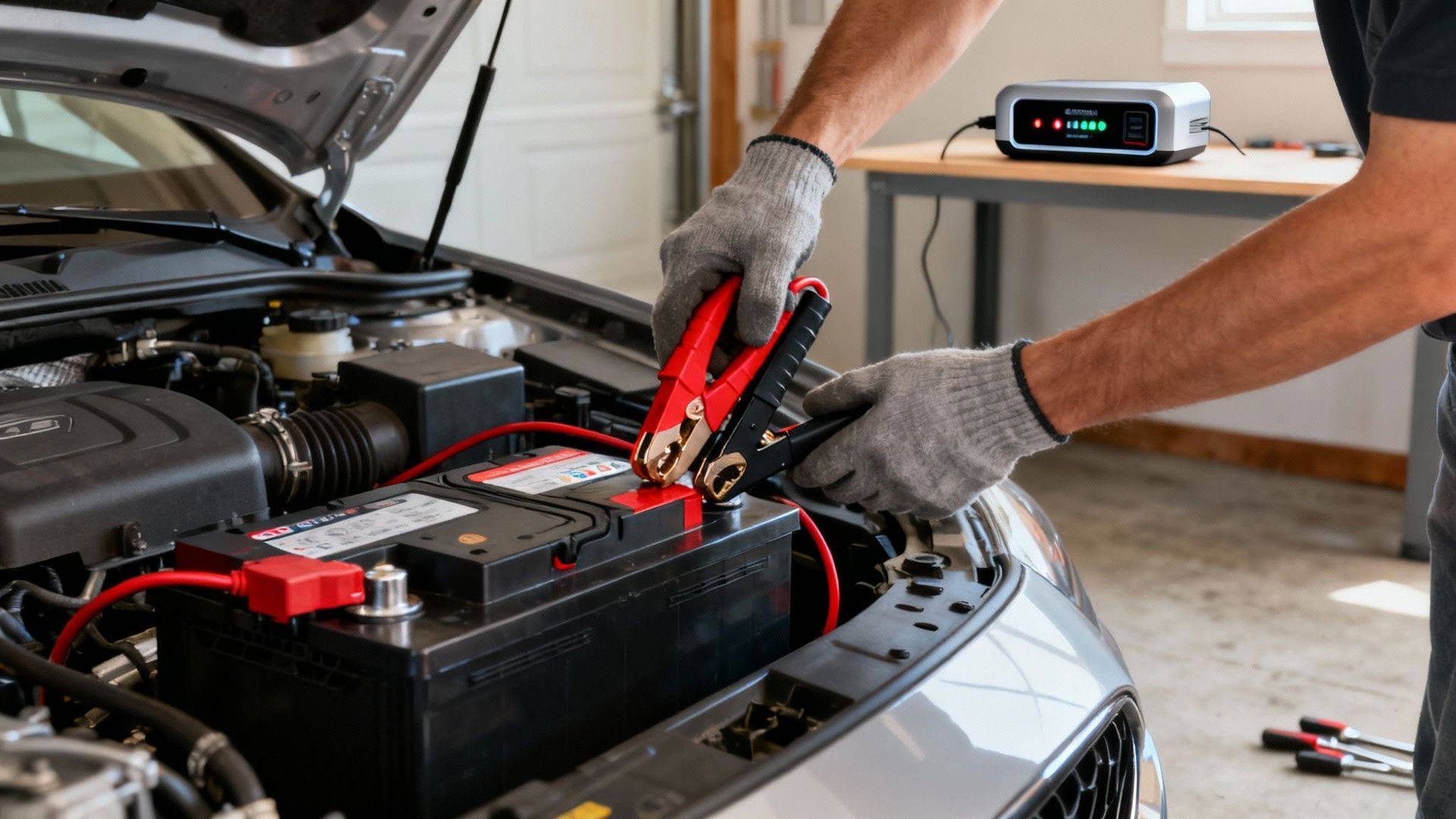The Future of EV Warranties and What It Means for Buyers
How changing warranty models are shaping the next era of electric vehicle ownership

As electric vehicles become a larger part of the transport landscape, warranties are shifting to match the demands of new technology. For buyers, engineers and businesses, understanding how these changes work can make the difference between a confident purchase and an uncertain one.
Understanding the Current EV Warranty Model
Most electric vehicles come with two main types of cover: one for the battery and one for the rest of the vehicle. Battery cover is often more generous because of its cost and importance, with terms measured in years or mileage. The vehicle warranty tends to follow more traditional terms, covering systems such as electronics, drivetrain and interior components.
Extended warranties can then add years of protection beyond the manufacturer’s original promise, offering reassurance for long term owners or those purchasing a used EV.
Why Warranty Evolution Matters
As EVs incorporate more advanced technology, the warranty conversation is becoming more complex. Electric drivetrains involve fewer moving parts than petrol or diesel engines, but the parts they do have can be costly to repair or replace. Batteries, electric motors, inverters and onboard electronics are all highly specialised.
When warranties evolve to match these realities, buyers benefit in three main ways:
- Financial security – Coverage reduces the risk of unexpected repair bills.
- Resale value – Vehicles with transferable warranties often command higher prices.
- Long term ownership confidence – Owners can keep their vehicle for longer without worrying about major costs.
Emerging Trends in EV Warranties
Warranty offerings are starting to adapt in ways that reflect the growth of the EV market.
- Extended battery coverage: Manufacturers are exploring longer battery warranties to match improved durability and build trust.
- Integration with connected technology: As vehicles become more software reliant, warranties are beginning to include coverage for digital updates and diagnostic systems.
- Flexible packages: Some plans allow owners to tailor coverage for high use components, appealing to fleet managers or high mileage drivers.
- Simplified terms: Clearer and more transparent warranty language is helping buyers understand exactly what is and is not covered.
The Battery Question
Battery performance remains the defining element of EV ownership. Advances in chemistry and manufacturing are extending the life of batteries, which means warranty lengths are likely to grow in the coming years. Some manufacturers are already experimenting with lifetime battery coverage, while others are focusing on capacity guarantees that ensure the battery retains a certain percentage of its performance over time.
Considerations for Buyers
When evaluating an EV warranty, it is worth considering:
- How long the battery is covered and whether there is a capacity guarantee.
- Which components are included under the main vehicle warranty.
- Whether extended coverage is available for both battery and vehicle systems.
- How the warranty handles connected technology and software updates.
- Whether the warranty can be transferred to a new owner, enhancing resale potential.
The Business Perspective
For companies operating EV fleets, warranties can influence total cost of ownership and operational reliability. Extended or enhanced coverage can protect against downtime, improve asset value and even serve as a marketing tool when demonstrating commitment to sustainable transport.
Looking Ahead
The future of EV warranties will be shaped by two key forces: improving technology and growing consumer expectations. As batteries become more robust and software more capable, warranties are likely to expand both in length and scope. Buyers can expect more flexible, transparent and technology focused protection that reflects the realities of electric vehicle ownership.
Conclusion
The shift in EV warranty design marks a maturing industry. For buyers, it means stronger protection, better long term value and increased confidence in the technology. For businesses and engineers, it creates opportunities to plan strategically, safeguard investments and support the transition to cleaner transport. In the years ahead, warranties will be more than a safety net as they become a statement of trust in the future of electric mobility.















